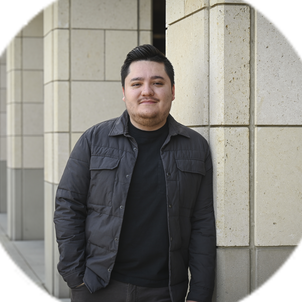My parents were really supportive. After a visit to Epcot where I saw a laser show, I became obsessed with lasers, and my dad would go pick up the parts I ordered out of catalogs. Then my friend and I would use articles we found in Scientific American to try and build lasers – most of the time unsuccessfully.
A series of incredibly random events brought me to where I am now. I found my love of power electronics in an undergraduate class that was a last-minute substitution for a different course. My single application to grad school – MIT – was rejected, but three months later Telmex, the largest telecom company in Mexico, where I’d had a previous fellowship, called to ask if I’d like to participate in a scholarship program – at MIT. I thought my friends were pranking me, but it was legit, and that’s how I ended up getting my master’s and PhD. After my doctorate, I joined GE Global intending to work on power supplies for radar systems in ships, but due to a technicality I was moved to a project focused on power electronics in medical systems, which turned out to be very interesting and challenging.
Today my interest lies in how the availability of power can enable new applications, particularly in medical systems. One project I’ve worked on involves trying to figure out how to make MRI power systems with no magnetic components, which could drastically improve their efficiency and affordability. I recently worked with Professor Emeritus Pierre Khuri-Yakub on the development of ultrasound transducers that can be used not only for imaging, but also to focus ultrasound energy and use it to destroy diseased tissue like ovarian fibroids or prostate cancer without opening up the body. I’m also interested in wireless power; it’s intriguing to think about the possibility of wirelessly charging your electric car to increase how far it can be driven.
When I became a faculty member, I wondered if I’d be capable of coming up with a never-ending stream of problems for students to work on; that terrified me. But I’ve realized that once I share my ideas – and the limits of my ideas – with students, they run with those ideas, taking them to different places and finding more practical solutions. It’s a beautiful synergy.
Related spotlights

Adrienne Propp

Lara Weed

